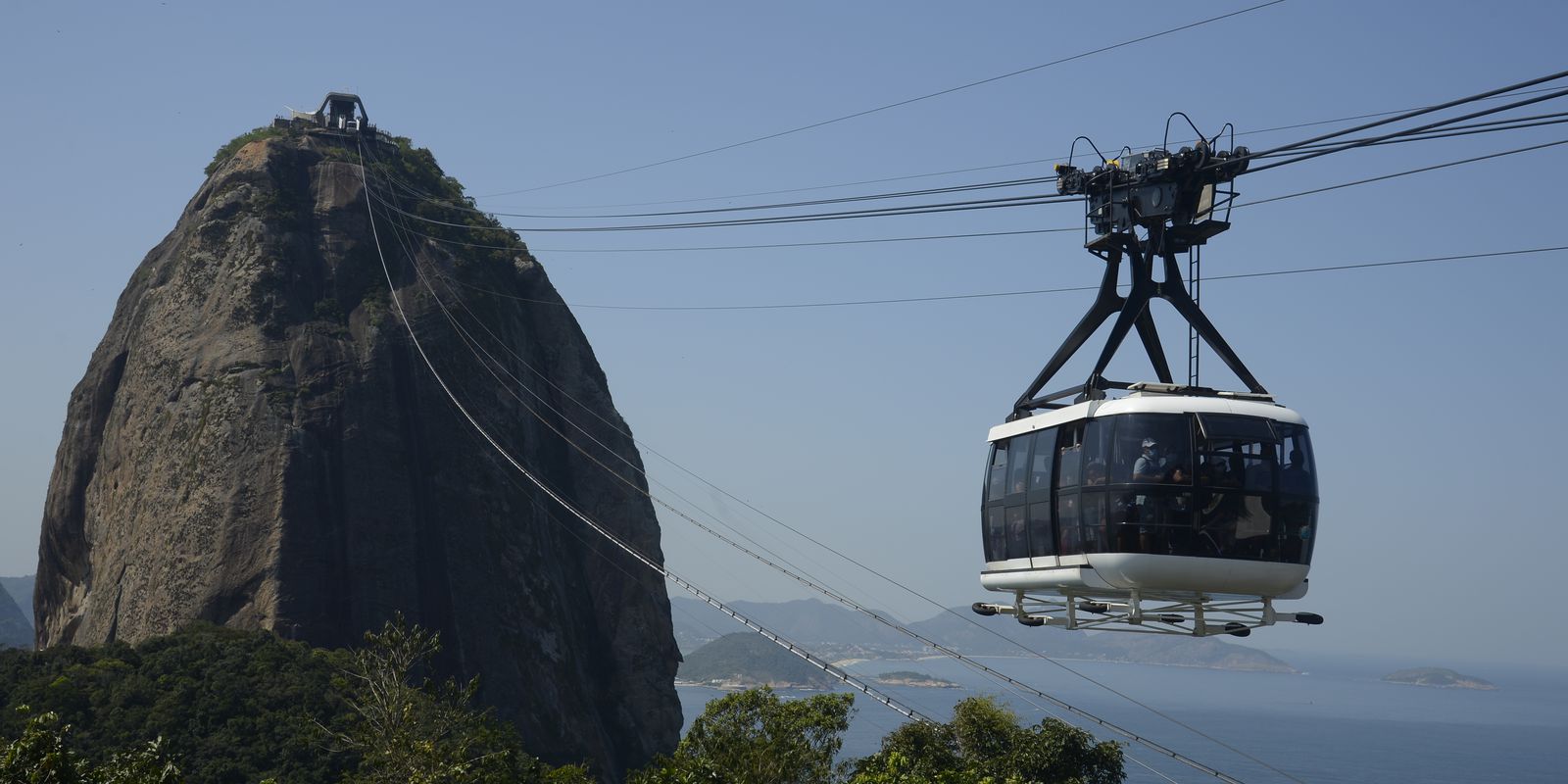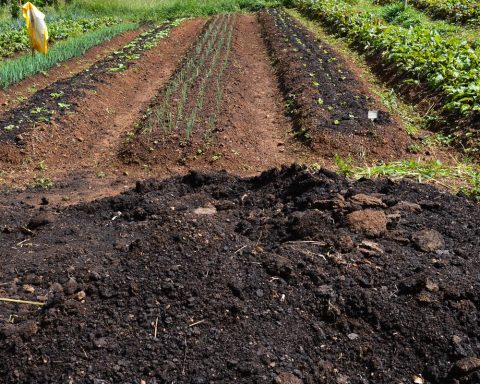National tourism earned BRL 15.4 billion in March this year, which represents an increase of 43.5% or BRL 4.8 billion, in monetary terms, compared to the same period in 2021. The data are from the survey by the Tourism Council of the Federation of Trade in Goods, Services and Tourism of the State of São Paulo (FecomercioSP).
The entity assesses that the sector is approaching pre-pandemic levels, although the numbers are 7.1% lower when compared to March 2019.
This year’s growth was mainly driven by the airline sector, which earned R$ 4.4 billion, that is, an increase of 113.5% in one year, according to FecomercioSP. In comparison with 2019, the segment had 3.8% lower revenue.
“Four factors contributed to the growth of air transport in the month, among them, greater containment of the Ômicron variant, repressed demand in the pandemic, carnival days at the beginning of the month and an almost total reduction in restrictions and the use of masks. In addition to these factors, the rise in aviation kerosene influenced the increase in revenue, by making ticket prices rise in the second half of March,” said FecomercioSP.
Accommodation and food services grew by 57.7%, recording revenues of R$ 4.45 billion. And cultural, recreational and sports activities grew 33.2%, reaching R$ 1.25 billion.
The entity assesses that the same factors that influenced the air sector also impacted land transport, which earned BRL 2.7 billion (up 11.1%), surpassing the level recorded in March 2019 by 9.3%. FecomercioSP’s forecast is that the increase in airfares should continue to encourage demand for travel via interstate buses.
The activities of leasing means of transport, travel agencies, operators and other services had an annual increase of 4.5%, with revenues of R$ 2.54 billion. The group’s performance is 3% below its March 2019 level.
Waterway transport earned R$ 41.4 billion, a drop of 1.6% in the annual comparison. According to the federation, the drop is related to the basis of comparison, as the sector performed favorably during the pandemic, surpassing by 25.2% the level prior to the health crisis.














